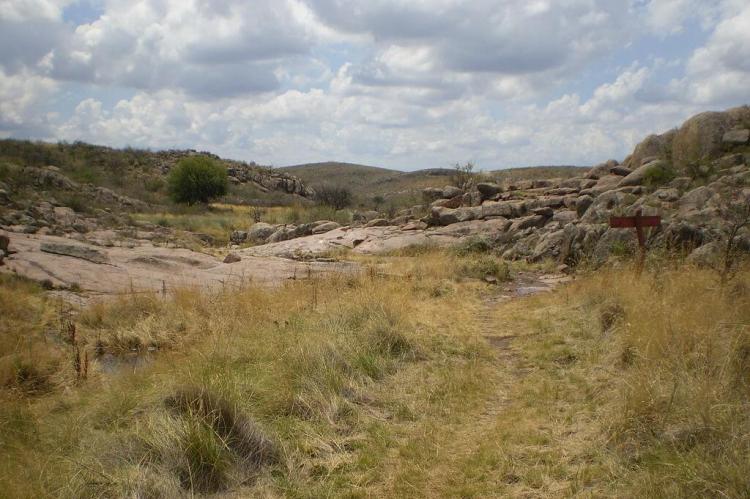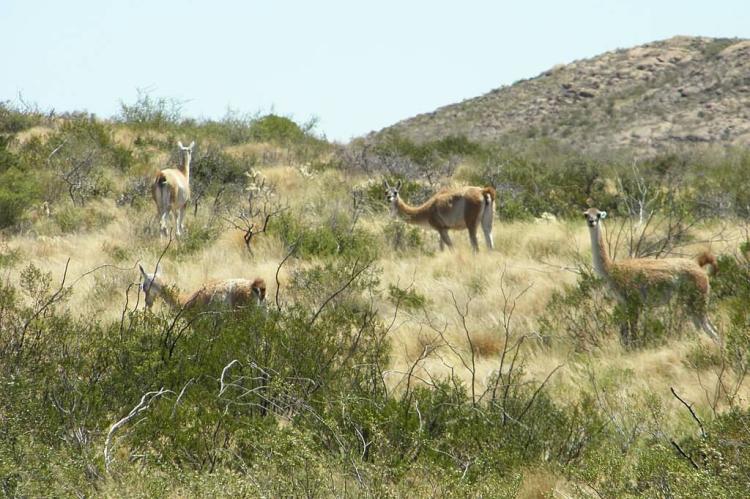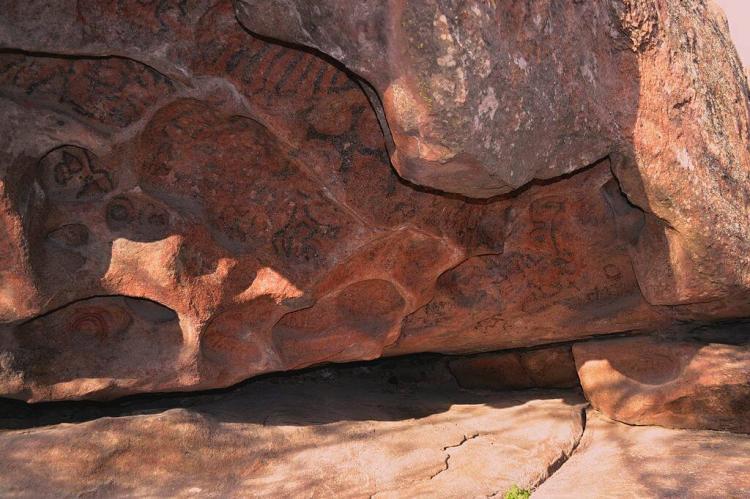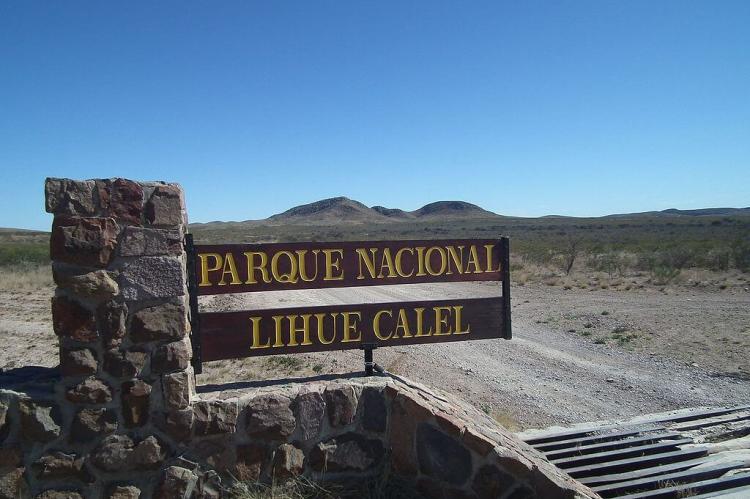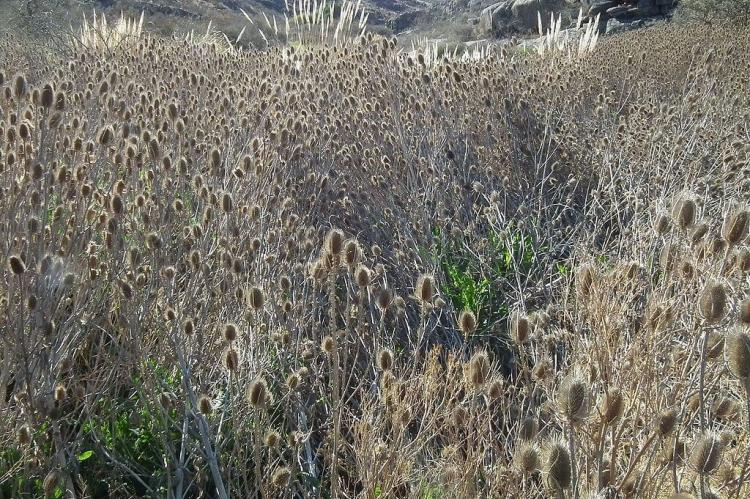Unveiling the Wonders of Lihué Calel National Park
Lihué Calel National Park, nestled in the heart of La Pampa Province, Argentina, features diverse wildlife and a rich cultural heritage. Its stunning landscapes range from the rugged peaks of the Sierra de Lihué Calel mountain range to picturesque canyons, plateaus, and grassy plains.
Lihué Calel National Park: An Oasis of Biodiversity in the Argentine Pampas
Nestled in the heart of La Pampa Province, Argentina, Lihué Calel National Park stands as a stunning natural oasis amidst the vast Pampas plains. Established in 1977, this protected area encompasses approximately 90,000 hectares (222,395 acres) of breathtaking landscapes, rich biodiversity, and a deep-rooted cultural heritage. From the rugged peaks of the Sierra de Lihué Calel mountain range to the picturesque canyons, plateaus, and grass-clumped plains, this national park invites visitors to embark on a journey of discovery through a realm of natural wonders.
Geological Grandeur: The Sierra de Lihué Calel
Volcanic Origins and Dramatic Landscapes
The centerpiece of Lihué Calel National Park is the Sierra de Lihué Calel mountain range, from which the park derives its name. With elevations ranging from approximately 200 to 600 meters (656 to 1,968 feet), these mountains are a testament to the region's ancient geological history. Formed by Precambrian volcanic activity, the hills and rocky outcrops sculpt a dramatic and picturesque landscape, creating a striking contrast against the surrounding Pampas lowlands.
A Tapestry of Canyons, Plateaus, and Volcanic Wonders
Beyond the peaks, Lihué Calel National Park is a tapestry of canyons, plateaus, and volcanic formations that captivate the senses. Grass clumps dot the terrain, adding texture and depth to the vistas, while the rocky outcrops stand as silent sentinels, witnesses to the relentless forces of nature that have shaped this land over eons.
Echoes of Indigenous Heritage
Ancient Traces of the Huarpes People
Lihué Calel National Park holds immense cultural significance. It serves as a living museum that preserves the legacy of the indigenous Huarpes people who once inhabited this region. Within the park's boundaries, visitors can explore archaeological sites, including cave paintings and petroglyphs, that offer a glimpse into these ancient inhabitants' rich history and traditions. These remnants of the past serve as a poignant reminder of the deep-rooted connection between humanity and the natural world.
Biodiversity: A Haven for Flora and Fauna
Diverse Ecosystems and Adaptations
Lihué Calel National Park is renowned for its diverse flora and fauna, showcasing the incredible adaptations that have allowed life to thrive in this semi-arid environment. As part of the Argentine espinal ecoregion, the park experiences scarce rainfall. Yet, the mountain range plays a crucial role in accumulating water, creating a unique microclimate that supports a remarkable array of plant and animal life.
Montane Forests and Xerophytic Vegetation
At higher elevations, montane forests dominated by the iconic caldén tree (Prosopis caldenia), Argentina's national tree, provide a lush canopy for various species. In the lower-lying and drier areas, xerophytic vegetation prevails, featuring drought-resistant plants like the jarilla (Larrea spp.), retama (Bulnesia retama), and chaguar (Bromelia hieronymi), all adapted to the arid conditions.
A Birdwatcher's Paradise
Lihué Calel National Park is a true paradise for birdwatchers, with over 150 recorded species of birds calling this sanctuary home. From the majestic Andean condors and soaring eagles to the flightless rheas, visitors can witness the avian world in all its splendor. The park's diverse habitats also support a rich array of mammals, reptiles, amphibians, and invertebrates, each playing a vital role in the intricate web of life.
Recreation and Conservation Efforts
Exploring Nature's Wonders
Lihué Calel National Park offers a range of recreational activities that allow visitors to immerse themselves in the natural beauty of this protected area. Well-marked hiking trails wind through the diverse landscapes, inviting hikers to explore the canyons, plateaus, and grass-clumped plains. Birdwatching and wildlife viewing opportunities abound, while photography enthusiasts can capture the park's stunning vistas and diverse flora and fauna.
Sustainable Tourism and Conservation Initiatives
With its rich biodiversity and cultural heritage, Lihué Calel National Park is a treasure that demands proactive conservation efforts. Park authorities and conservation organizations work tirelessly to implement sustainable tourism practices, ensuring visitors can experience this natural oasis's wonders while minimizing environmental impact. Educational programs and community outreach initiatives further promote the importance of preserving this unique ecosystem for future generations.
Conclusion:
Lihué Calel National Park is a shining example of Argentina's commitment to protecting its natural and cultural heritage. Within its boundaries, visitors are invited to embark on a journey through time, witnessing the geological wonders of the Sierra de Lihué Calel, immersing themselves in the rich biodiversity that thrives in this semi-arid oasis, and connecting with the echoes of ancient civilizations that once called this land home. As a beacon of conservation and sustainable tourism, Lihué Calel National Park serves as a reminder to preserve the planet's natural treasures, ensuring that future generations can marvel at the wonders that have endured for millennia.
